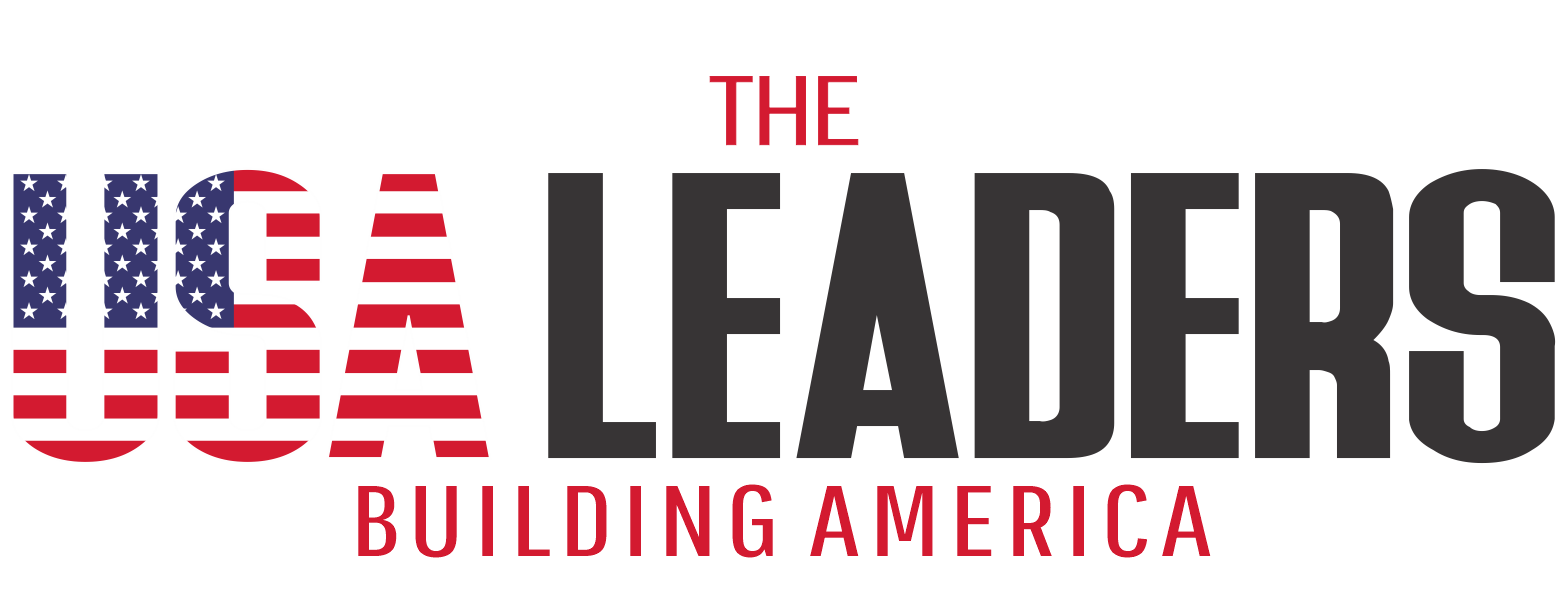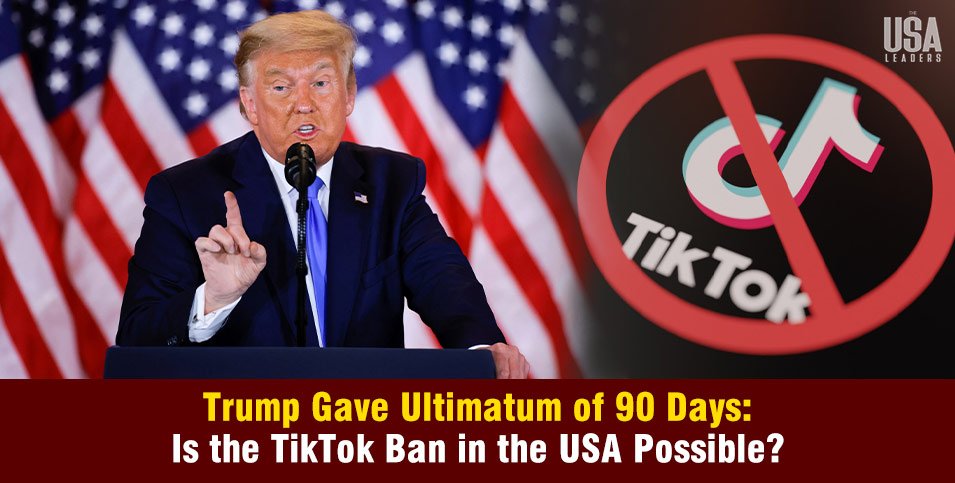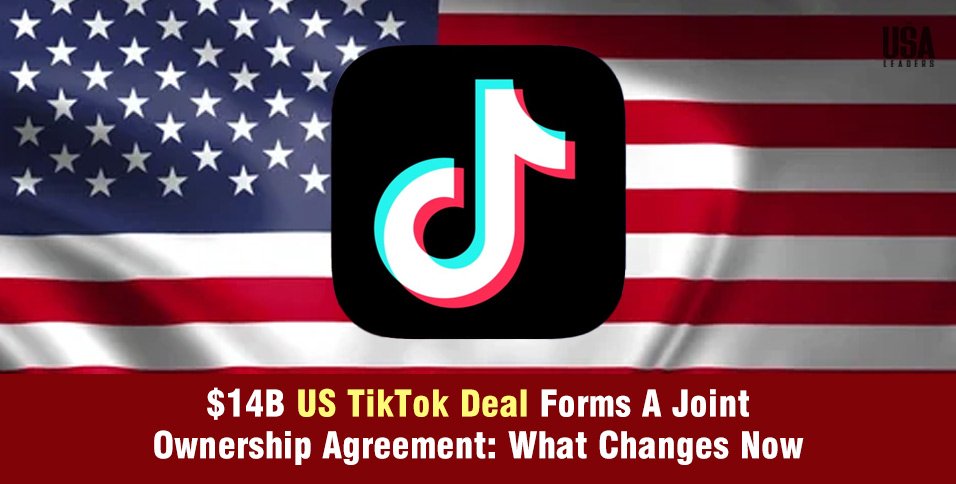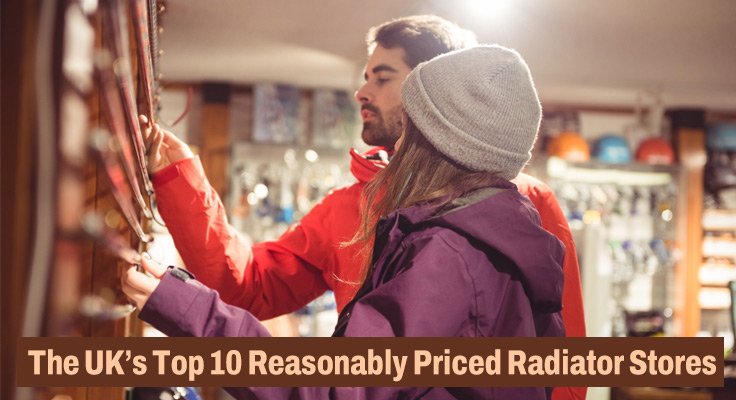The USA Leaders
20 January 2025
Washington – The tech world is abuzz with speculation as TikTok, the wildly popular video-sharing app, finds itself at the center of a storm. The Trump administration’s bold ultimatum to ByteDance—TikTok’s Chinese parent company—requires the app to divest from its ownership within 90 days. But what does this mean for creators and users? Is a TikTok ban in the U.S. a certainty, or is there a chance for redemption? As geopolitical tensions collide with tech innovation, the unfolding story has captivated the world.
Unpacking the TikTok Ban: What’s Really at Stake?
The TikTok ban debate isn’t just about an app; it’s a flashpoint for national security, tech regulation, and global politics. Central to the controversy is ByteDance’s Chinese ownership, which U.S. lawmakers claim poses a threat to national security. Concerns range from unauthorized data access to potential espionage and covert manipulation of public opinion—a chilling trifecta that has fueled bipartisan scrutiny.
In response to these fears, Congress passed a 2024 law mandating ByteDance to divest TikTok by January 19, 2025, or face a nationwide ban. The stakes were amplified when the Supreme Court upheld the legislation in January 2025, citing national security concerns over free speech arguments. This landmark ruling signals a pivotal moment in global tech governance, forcing the world to reimagine the balance between innovation and regulation.
Key Developments That Have Shaped the TikTok Saga
- Temporary Shutdown: On January 18, 2025, TikTok preemptively ceased U.S. operations, leaving its 170 million American users in limbo as they scrambled for alternatives.
- Short-Lived Reprieve: A last-minute assurance from President-elect Donald Trump temporarily reopened the app, but its future remains uncertain as compliance efforts unfold.
- Heightened Scrutiny: The Supreme Court ruling has intensified bipartisan calls for oversight of foreign-owned tech companies, with implications far beyond TikTok.
Ripple Effects Across the Digital Ecosystem
The TikTok ban reverberates far beyond its user base, reshaping the social media and marketing landscape in profound ways:
- For Users and Creators: The sudden shutdown disrupted content creators, many of whom rely on TikTok as a primary income source. While platforms like Instagram and YouTube Reels have stepped up, concerns about losing TikTok’s unique culture and community linger.
- For Competitors: Social media giants are seizing the moment, ramping up short-form video features to woo TikTok users. Meanwhile, emerging platforms like RedNote and Lemon8 are angling for their share of the pie.
- For Marketers: The uncertainty surrounding TikTok has prompted businesses to rethink their strategies. Budgets are shifting toward platforms perceived as less susceptible to geopolitical tensions, signaling a shift in how brands approach digital campaigns.
What Lies Ahead for TikTok and Its Users?
As TikTok treads the tightrope of divestiture compliance, the platform’s future in the U.S. hangs in the balance. A potential restructuring could secure its position, but the backdrop of geopolitical friction and evolving public sentiment adds layers of complexity.
For creators and users, it’s time to ask the tough questions: What comes next? Is this a chance to diversify content strategies and explore new platforms, or should creators hold on to TikTok’s unique appeal?
The TikTok debate is far from over. Whether this marks a shift toward stricter tech regulations or just a fleeting political maneuver, one thing is certain—the decisions made today will echo across the global digital landscape for years to come. So, creators, are you ready for what’s next?































